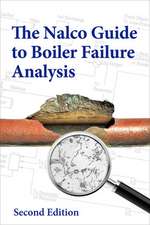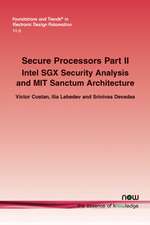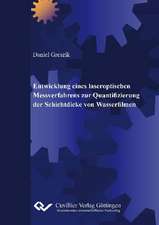A Survey of Methods for Safe Human-Robot Interaction
Autor Przemyslaw A. Lasota, Terrence Fong, Julie A. Shahen Limba Engleză Paperback – 22 mai 2017
Preț: 418.97 lei
Preț vechi: 455.41 lei
-8% Nou
Puncte Express: 628
Preț estimativ în valută:
80.18€ • 87.06$ • 67.35£
80.18€ • 87.06$ • 67.35£
Carte tipărită la comandă
Livrare economică 22 aprilie-06 mai
Preluare comenzi: 021 569.72.76
Specificații
ISBN-13: 9781680832785
ISBN-10: 1680832786
Pagini: 106
Dimensiuni: 156 x 234 x 7 mm
Greutate: 0.18 kg
Editura: Now Publishers Inc
ISBN-10: 1680832786
Pagini: 106
Dimensiuni: 156 x 234 x 7 mm
Greutate: 0.18 kg
Editura: Now Publishers Inc
Descriere
Organises and summarises the large body of research related to facilitation of safe human-robot interaction. This book describes the strategies and methods that have been developed thus far, organises them into subcategories, characterizes relationships between the strategies, and identifies potential gaps in the existing knowledge.




